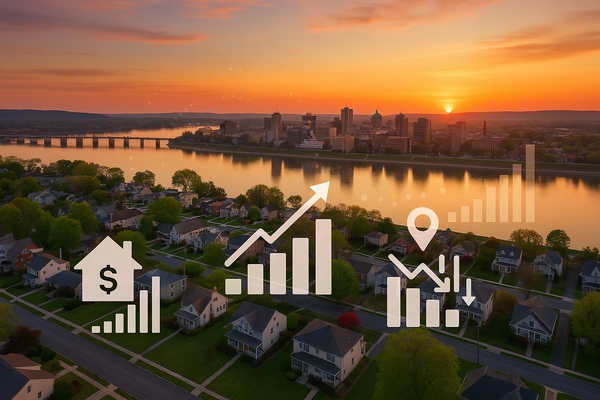![Homeownership Helps Protect You from Inflation [INFOGRAPHIC],kcm crew](https://blog.chime.me/darius-homesincentralpa-com/wp-content/uploads/sites/1351/2023/06/Homeownership-Helps-Protect-You-From-Inflation-KCM-Share-1.png)
Homeownership Helps Protect You from Inflation [INFOGRAPHIC]
Some Highlights Wondering if it makes sense to buy a home today even when inflation is high? When other costs go up due to inflation, buying a home helps you keep your monthly housing expense steady. Rents typically increase with inflation. Maybe that’s why, according to a recent survey, 65.1% of

What Homebuyers Need To Know About Credit Scores
If you’re thinking about buying a home, you should know your credit score’s a critical piece of the puzzle when it comes to qualifying for a home loan. Lenders review your credit to assess your ability to make payments on time, to pay back debts, and more. It’s also a factor that helps determine yo

Eco-Friendly, Energy-Efficient Homes Attract Buyers
Are you planning to sell your house? If so, you may be surprised to hear just how much buyers value energy efficiency and eco-friendly features today. This is especially true as summer officially kicks off. In fact, the 2023 Realtors and Sustainability Report from the National Association of Realto
Categories
Recent Posts



![Homeownership Helps Protect You from Inflation [INFOGRAPHIC]](https://blog.chime.me/darius-homesincentralpa-com/wp-content/uploads/sites/1351/2023/06/Homeownership-Helps-Protect-You-From-Inflation-KCM-Share-1.png)




![How Owning a Home Grows Your Wealth with Time [INFOGRAPHIC]](https://blog.chime.me/darius-homesincentralpa-com/wp-content/uploads/sites/1351/2023/06/How-Owning-a-Home-Grows-Your-Wealth-with-Time-KCM-Share-1.png)


